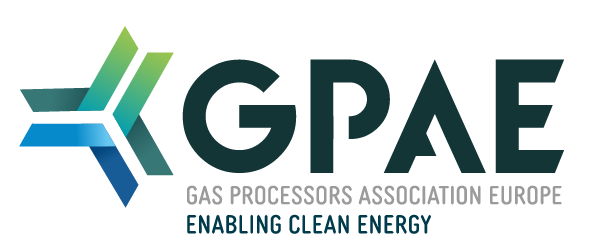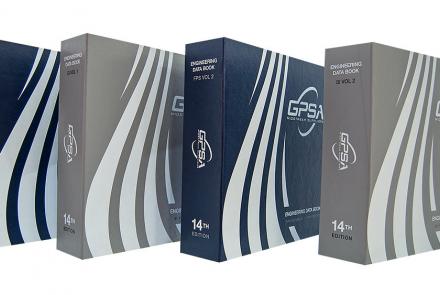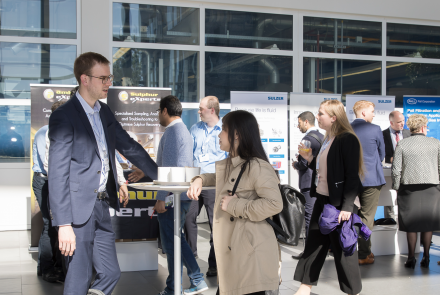Order your copy of the The GPSA Engineering Databook. The 14th edition is almost 1,000 pages of technical information and is the worldwide authoritative resource for technical and design information.
Tray Hydraulic Operating Regimes and Selectivity
Ralph Weiland, Optimized Gas Treating, Inc, USA
A number of operating cases have come to light in which seemingly unachievable H2S leak rates have been measured with coincidentally much higher CO2 rejection rates than normal from trayed amine gas contactors. In every case, liquid rates were low and the weirs were long enough to have weir loads of 10 gpm/ft or less—all were definitely spray regime operations. Simulations could be matched to plant performance data only by using greatly reduced liquid-film coefficients for mass transfer. This is consistent with expectations for behaviour of small, rigid, liquid droplets in sprays.
These observations, combined with simulation, suggest that enormous improvements in selectivity can be achieved by purposely operating trays in the spray regime. Although sometimes suboptimal from a column capacity standpoint, it can be used quite effectively to achieve vastly superior H2S removal with greatly improved CO2 rejection rates. Columns cannot always be forced to operate in the spray regime, however, because it's not always possible to provide sufficient total weir length for a given liquid flow, but if weirs can be made long enough, greatly improved selectivity can be achieved (concomitantly with reduced maximum throughput).



